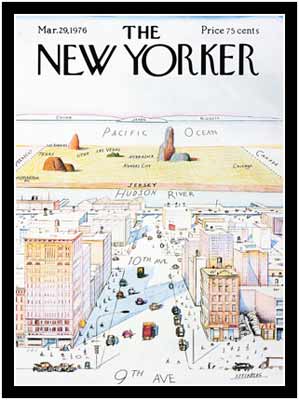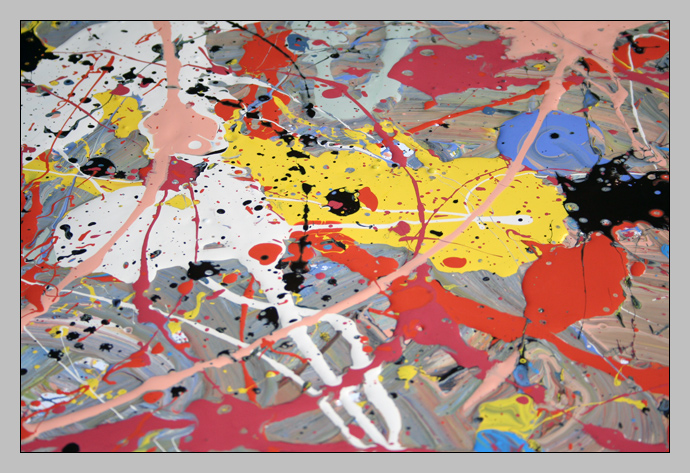New York, New York
 Lately I’ve been thinking a lot about New York — I don’t know why — but it got to the point where I decided to jot down some ideas. (If you haven’t noticed, I tend to write as a way of forcing myself to organize my thoughts. What other post-high school reason is there to write essays?) I’ve been trying to wrap my head around an elusive theme, and recently, a few happenings began lend it clarity:
Lately I’ve been thinking a lot about New York — I don’t know why — but it got to the point where I decided to jot down some ideas. (If you haven’t noticed, I tend to write as a way of forcing myself to organize my thoughts. What other post-high school reason is there to write essays?) I’ve been trying to wrap my head around an elusive theme, and recently, a few happenings began lend it clarity:
- 1. My writing on the Alaskan mystique started an internal process of comparing and contrasting the same with New York City.
- 2. At dinner last week, my friend, Mike, related the story of how one of his friends referred to New York City as, simply, The City.
- 3. A perfectly ego-centric, 1976 “map” of New York was posted yesterday on Strange Maps.
I find New York City, or rather the perception of New York City, very interesting. In our media-rich culture, New York is everywhere. Any number of movies — Spider-man, Ghostbusters, King Kong, Taxi Driver, to name a few — couldn’t be set in a different city. There’s a peek into New York almost every night on any number television shows: Law & Order, Friends reruns, The Apprentice, and, of course, CSI: New York. Sex and the City pretty much makes The City a supporting character. Dominos Pizza gives us a glimpse of New York culture with commercials touting their new Brooklyn Style Pizza. Even popular websites like Kottke.org nonchalantly mention New York City.
That New York is on our consciousness isn’t impressive. Sure, it’s a big, important American City; I get that. What interests me is the matter-of-fact way in which it’s presented.
New York City is served up to us by New Yorkers, and to New Yorkers the city is forefront in their daily lives. That’s understandable. I can imagine that living in a city that big would have an impact on your life. Here’s the thing, though: By virtue of it’s media-onslaught, even though I’ve never been there¹, New York has an impact on my life, too.

 Despite subscribing to the updates on
Despite subscribing to the updates on 